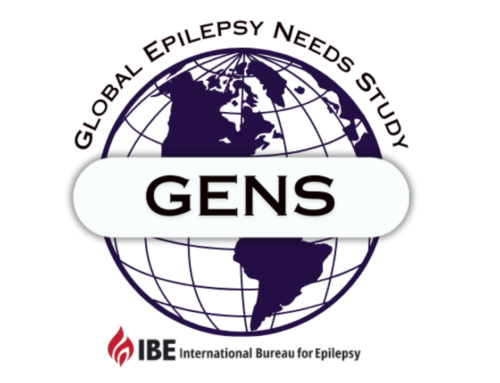The ILAE commissioned a Task Force to formulate an operational definition of epilepsy for purposes of clinical diagnosis. This article summarizes the recommendations of the Task Force, including appended notes and case examples explaining the reasons for these recommendations and occasional dissenting views. In December of 2013, the ILAE Executive Committee adopted the recommendations as a position of the ILAE.
Summary
Epilepsy was defined conceptually in 2005 as a disorder of the brain characterized by an enduring predisposition to generate epileptic seizures. This definition is usually practically applied as having two unprovoked seizures >24 h apart. The International League Against Epilepsy (ILAE) accepted recommendations of a task force altering the practical definition for special circumstances that do not meet the two unprovoked seizures criteria. The task force proposed that epilepsy be considered to be a disease of the brain defined by any of the following conditions: (1) At least two unprovoked (or reflex) seizures occurring >24 h apart; (2) one unprovoked (or reflex) seizure and a probability of further seizures similar to the general recurrence risk (at least 60%) after two unprovoked seizures, occurring over the next 10 years; (3) diagnosis of an epilepsy syndrome. Epilepsy is considered to be resolved for individuals who either had an age-dependent epilepsy syndrome but are now past the applicable age or who have remained seizure-free for the last 10 years and off antiseizure medicines for at least the last 5 years. “Resolved” is not necessarily identical to the conventional view of “remission or “cure.” Different practical definitions may be formed and used for various specific purposes. This revised definition of epilepsy brings the term in concordance with common use.
Epilepsia
Early View (Online Version of Record published before inclusion in an issue)
Editorial
From the editors: Names count—The new operational definition of epilepsy and Epilepsia’s poll
Gary Mathern and Astrid Nehlig
Article first published online: 14 APR 2014 | DOI: 10.1111/epi.12589
Full Article (HTML) | Enhanced Article (HTML) | PDF(54K)
Commentary
Commentary: ILAE President
Emilio Perucca
Article first published online: 14 APR 2014 | DOI: 10.1111/epi.12584
Full Article (HTML) | Enhanced Article (HTML) | PDF(45K)
Commentary: ILAE Definition of Epilepsy
Steven C. Schachter
Article first published online: 14 APR 2014 | DOI: 10.1111/epi.12574
Full Article (HTML) | Enhanced Article (HTML) | PDF(41K)
Commentary: ILAE Definition of Epilepsy
Chong Tin Tan
Article first published online: 14 APR 2014 | DOI: 10.1111/epi.12575
Full Article (HTML) | Enhanced Article (HTML) | PDF(45K)
Commentary: ILAE Definition of Epilepsy
Elinor Ben-Menachem
Article first published online: 14 APR 2014 | DOI: 10.1111/epi.12577
Full Article (HTML) | Enhanced Article (HTML) | PDF(50K)
Commentary: ILAE Definition of Epilepsy
Allen Hauser
Article first published online: 14 APR 2014 | DOI: 10.1111/epi.12587
Full Article (HTML) | Enhanced Article (HTML) | PDF(70K)
Commentary: ILAE Definition of Epilepsy
Jessica Solodar
Article first published online: 14 APR 2014 | DOI: 10.1111/epi.12594
Full Article (HTML) | Enhanced Article (HTML) | PDF(43K)
Commentary: ILAE Definition of Epilepsy – Overview of the Process
Robert S. Fisher
Article first published online: 14 APR 2014 | DOI: 10.1111/epi.12585
Full Article (HTML) | Enhanced Article (HTML) | PDF(52K)






